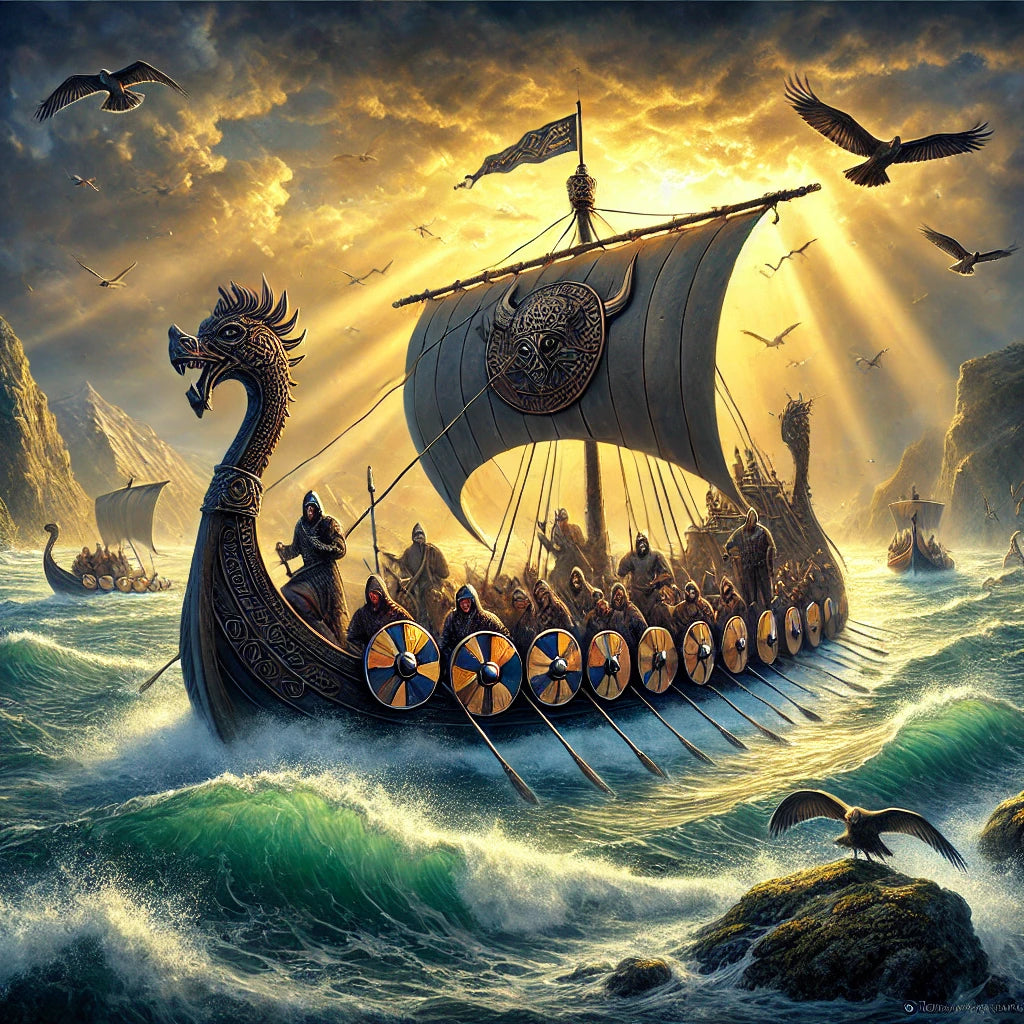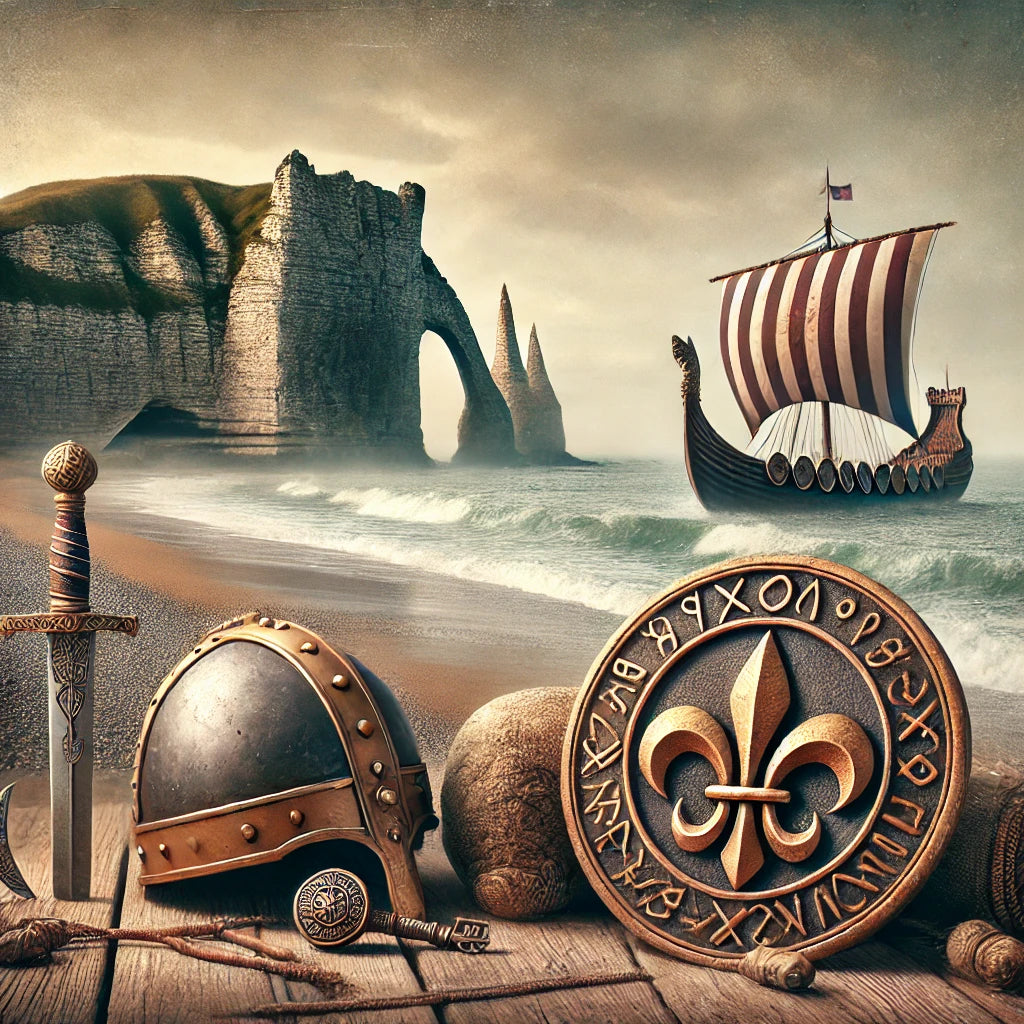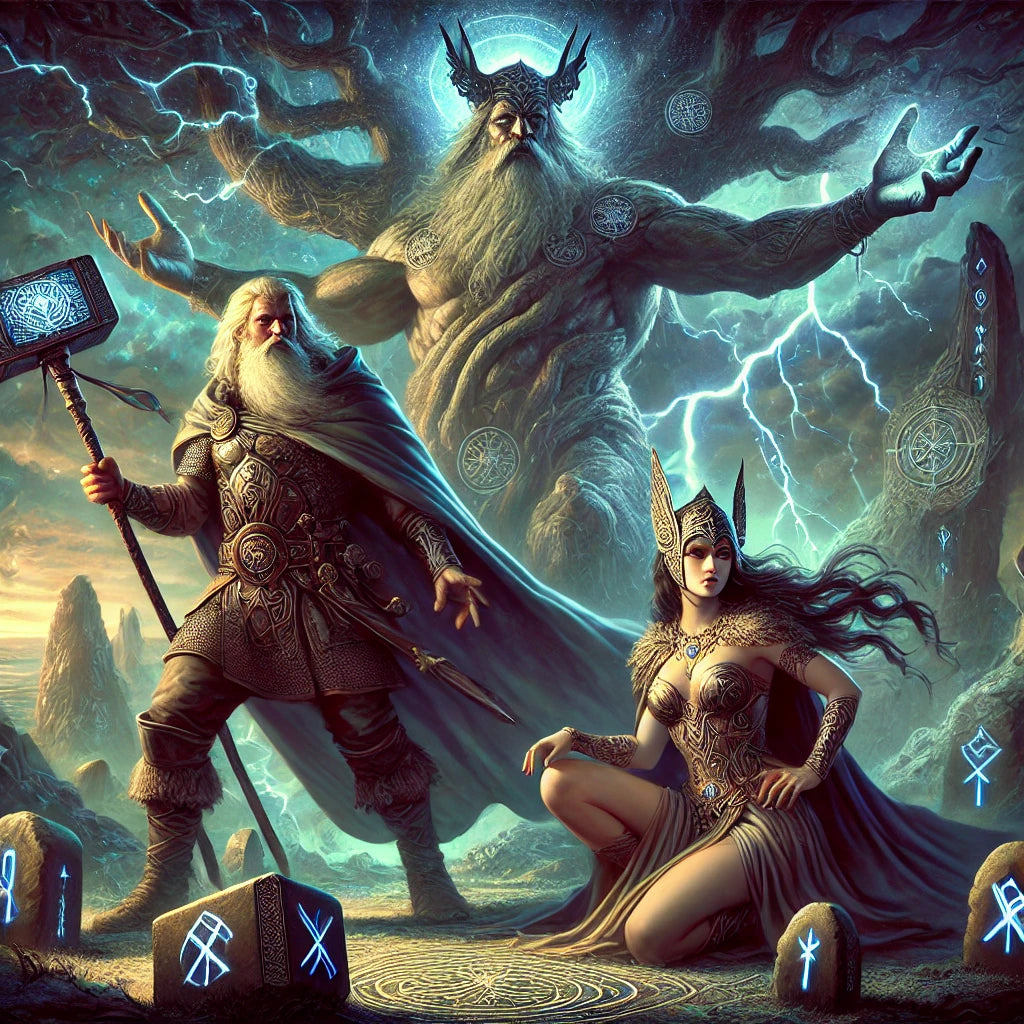
Exploring Rich and Ancient Viking Mythology
Norse mythology is also known as Viking mythology . It is full of myths and legends from Northern Europe. These stories were very important to the Vikings and other Germanic peoples of the Viking Age , from 800 to 1100.
Their belief in many gods and goddesses like Odin , Thor , and Freyja is unique. Each god has a special role in life, death, and nature. The Vikings had rituals like blót and seiðr that were very important.
Today, Norse mythology still attracts many people. Marvel films and the "Vikings" series demonstrate its importance. Stories of Viking heroes and mythical creatures still fascinate many people.
To Remember
- Norse mythology was practiced in Scandinavia from the 8th to the 11th century.
- The Vikings believed in deities such as Odin , Thor , and Freyja , each representing different aspects of the natural world and human life.
- Ritual practices included blót and seiðr , as well as the use of runes.
- Elements of Norse mythology are still present in contemporary popular culture.
- Viking stories and symbols continue to inspire academic and popular interest around the world.
The Universe of the Norse Gods
The Norse pantheon is full of powerful and interesting gods. They are very important in Viking mythology. The gods are divided into two groups: the Æsir and the Vanir.
The Æsir have Odin, Frigg, Thor, Balder, Loki, Hod, Tyr and Heimdall. The Vanir include Freyr, Freyja and Njord.
Odin and his Wisdom
Odin is seen as the most powerful god. He represents Odin's wisdom and magic. He rules Valhalla , where dead warriors go.
The Valkyries take them there. Snorri Sturluson introduced Odin with the Prose Edda, an important source of Norse mythology .
Thor, the God of Thunder
Thor is known for his Thor's Strength and his hammer Mjölnir. He protects Asgard and Midgard. He is very strong and courageous.
Thor became famous thanks to the Marvel movies. He is the most well-known god of thunder. His popularity stems from his exploits and his role as a defender.
Freyja, the Goddess of Love
Freyja is known for her love and fertility . She controls beauty and war as well. Freyja helps bring love and prosperity.
She is also connected to magic, such as prophecy and witchcraft. This makes her powers important in the Norse pantheon .
Before the 19th century, few people knew about Norse mythology . But now, thanks to literature, films, and comics, the Vikings and their gods are known everywhere. They inspire and educate mythology fans.
Scandinavian Sagas and Legends
Norwegian sagas and Icelandic myths are very important to Nordic culture. They tell exciting stories passed down from generation to generation. These tales were written down in poetry and prose, such as the Eddas .
These texts reveal the beliefs, traditions, and worldview of the Vikings. They are full of captivating legends and stories.
The Eddas: Poetic and Prose
The Eddas , the Poetic Edda and the Prose Edda, are very important to Norse mythology . The Poetic Edda, from the 13th century, tells of the creation of the world and the lives of the gods. It is written in Old Norse.
The Prose Edda, by Snorri Sturluson, dates from 1220. It recounts Icelandic myths in a comprehensive manner. These texts are key to understanding Norse traditions and legends.
Ragnarök: The End of the World
Ragnarök is a pivotal moment in Norse mythology. It tells the story of the end of the world, according to the Vikings. This end is a battle between good and evil.
Gods, giants, and mythical creatures fight. This battle destroys the world in order to renew it. Ragnarök symbolizes both end and renewal.
The heroes then go to Valhalla for eternity. It's a cycle of destruction and renewal.
The Mysteries of the Viking Runes
Viking runes are a blend of writing and magic. They reveal the culture and beliefs of the Scandinavians.
Magical Use of Runes
Viking runes weren't just for writing. They were also used for magic and divination. Each rune, like Fehu or Ansuz, had a deep meaning.
Fehu signified wealth and farm animals. Ansuz was linked to speech and knowledge. Rune magic was essential in seiðr rituals. Runic symbols helped predict the future and change destiny.
The Vikings believed these symbols could change the world. Odin, by sacrificing himself, is said to have discovered the runic alphabet on the Yggdrasil tree.
The Runestones
Runestones depict the religious and mystical life of the Vikings. They were engraved with runes to commemorate events or to seek protection.
The Elder Futhark, with 24 symbols, is the oldest runic alphabet. Nearly 400 runic inscriptions have been found. Each rune, such as Uruz for strength or Raidho for movement, demonstrates the Vikings' mastery.
| Rune | Symbol | Meaning |
|---|---|---|
| Fehu | 𐌚 | Livestock, wealth |
| Uruz | 𐋂 | Inner strength |
| Thurisaz | 𐌛 | Strength, resistance |
| Ansuz | 𐌣 | Communication, knowledge |
| Raidho | 𐌔 | Movement, control |
| Kenaz | 𐌄 | Transformation |
| Gebo | | Donation, exchange, partnership |
Conclusion
Viking mythology is very ancient, dating back to the 8th to the 11th century. It is full of stories and symbols that still captivate us today. Gods like Odin, Thor, and Freyja are very important to Viking heritage.
Viking runes illustrate the beliefs of this era. The Eddas and the stories of Ragnarök demonstrate the importance of mythology. They tell of the creation of the world and heroic stories.
Today, the Viking heritage lives on. Items like the Valknut Steel Necklace can be found on sale. These items connect ancient traditions to our modern world. Norse mythology still inspires and influences our culture.
FAQ
What is Viking mythology?
Viking mythology originates from Northern Europe. It was very important to the Vikings and other Germanic peoples. It told stories and beliefs.
Who are the main Norse gods?
Odin is the supreme god, symbolizing wisdom and magic. Thor, the god of thunder, represents strength. Freyja, goddess of love and beauty, is also very important.
What is Yggdrasil?
Yggdrasil is a huge tree in Norse mythology. It supports nine worlds. It is a key symbol for the Vikings, binding the universe together.
What are the Eddas?
The Eddas are 13th-century books. They tell of the creation of the world and the lives of the gods. They are very useful for understanding Norse mythology.
What is Ragnarök?
Ragnarök is a story of the end of the world. It tells of a great battle between good and evil. It is also a time of destruction and renewal.
What is the importance of Viking runes?
Viking runes are more than just writing. They are magical and divinatory symbols. The Vikings used them to predict and influence the future.
What are runestones?
Runestones are objects engraved with runes. They served as religious or commemorative symbols. They demonstrate the Vikings' spirituality and communication with the divine.
How does Viking mythology influence modern culture?
Viking mythology still inspires today, for example in Marvel films and the "Vikings" series. Stories and archaeological discoveries keep the Scandinavian heritage alive.
